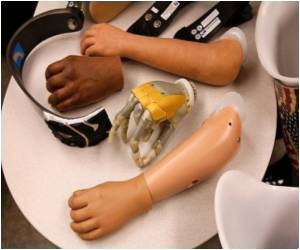Immersive virtual reality (VR) technology enables real-time 3D images from inside a patient’s blood vessels during treatment.

‘Innovative technology improves efficiency of interventional radiology treatments increasing portability and patient access to IR. ’





The purpose of the study is to demonstrate the feasibility of using a catheter with electromagnetic sensors projected onto a VR headset to see and steer the catheter through the anatomy to certain blood vessels. Using a CT angiography scan, researchers created a 3D printed model and a holographic image of blood vessels in a patient's abdomen and pelvis. Monksy's team of radiologists guided hi-tech catheters through the 3D printed model while the tracking system showed the image from the catheter through the VR headset. They compared the time taken to steer the catheter from the entry point of the femoral artery to three different targeted vessels versus the time the process took using conventional fluoroscopic guidance, as well as time taken in similar real-life clinical angiographic procedures.
In 18 simulated procedures, researchers found the mean time to reach the three targeted vessels using VR was much lower than in fluoroscopy, the standard practice that uses an x-ray image. In the first vessel, virtual reality took 17.6 seconds versus 70.3 seconds using the standard practice on the model and 171.2 seconds in the real-life procedure.
With the improved efficiency, the researchers believe VR technology will create safer treatments by reducing the amount of radiation exposure to both patient and physician. They say it would also increase access to IR treatments.
"Currently, the life-saving potential of IR is limited to hospitals and areas with the resources to invest in image-guided technology," said Monsky. "There are 3 billion people worldwide in rural areas who don't have this access. This technology could allow for portability and accessibility so that these procedures are brought to rural areas using nothing more than a suitcase." Researchers also surveyed the practitioners who had tried the technology, and they reported that VR improved the ease, precision and efficiency of the treatment. Additionally, the users said they felt more confident in their abilities.
Advertisement
Source-Eurekalert









